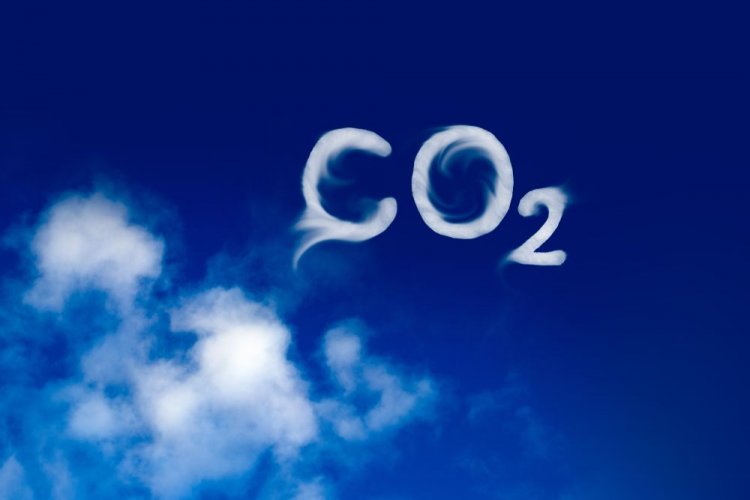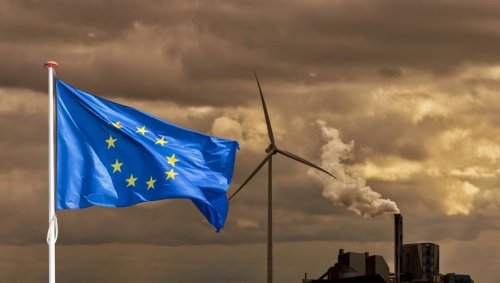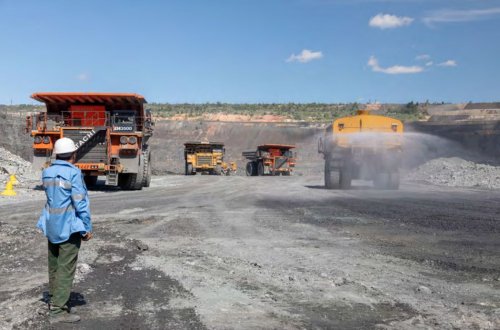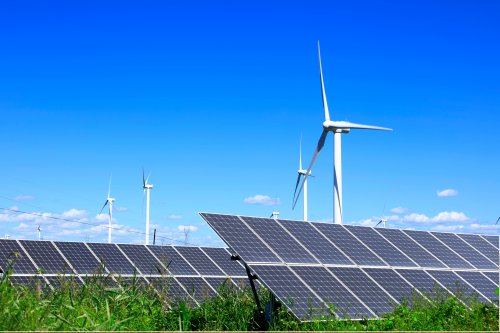The world is showing a dangerous trend of achieving decarbonization goals through deindustrialization.
This conclusion was made by Adolfo Aiello, Deputy Director General of EUROFER for Climate and Energy.
He analyzed:
- the Carbone 4 report, which provides detailed figures on trade-related CO2 emissions;
- the report of the European Commission on the functioning of the EU carbon market in 2023-2024;
- publicly available data from the European Association of Steel Producers (EUROFER), Cefic and CEMBUREAU on production in 2023 compared to 2022, representing more than 70% of the manufacturing sectors within the ETS.
He noted a drop in production in the following industries:
- steel production – by 7.5%. Adolfo Aiello noted that he recorded the lowest level of production in history;
- chemical industry – by 8%;
- cement – by 6.3%.
He also provided data on the countries that have become leaders in terms of imported CO2 emissions to the EU, and the distribution of these emissions by sector:
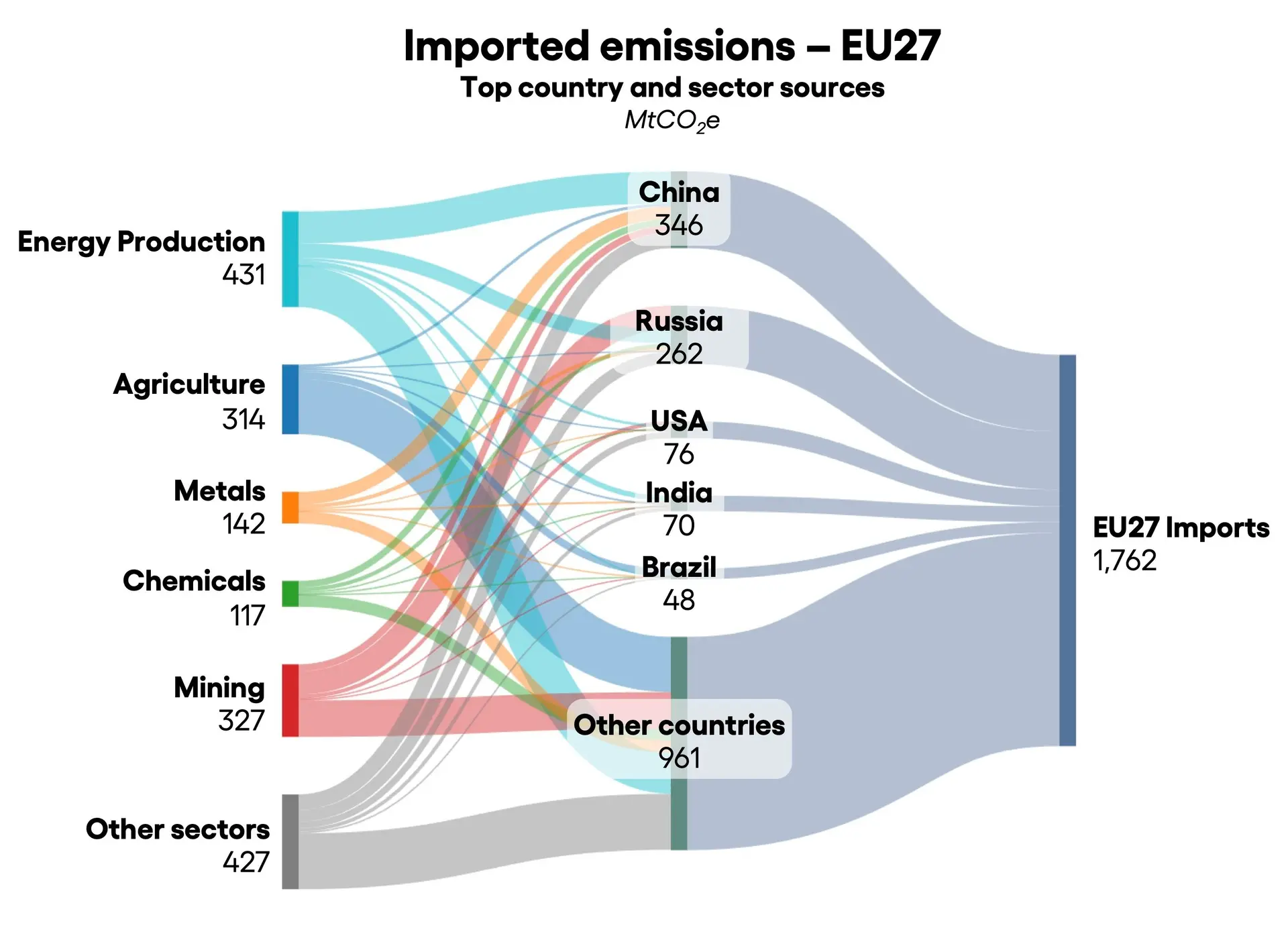
The top 5 countries are as follows:
- China – 346 Mt CO2 eq.
- Russia – 262 Mt CO2 eq.
- USA – 76 Mt CO2 eq.
- India – 70 Mt CO2 eq.
- Brazil – 48 Mt CO2 eq.
The rest of the countries account for 961 Mt CO2 eq. emissions of greenhouse gases.
By sector, the rating looks like this:
- Energy production – 431 Mt CO2 eq.
- Extraction of minerals – 327 Mt CO2 eq.
- Agriculture – 314 Mt CO2 eq.
- Metallurgy – 142 Mt CO2 eq.
- Chemical industry – 117 Mt CO2 eq.
Other industries create a total of 427 Mt CO2 eq. emissions of greenhouse gases.
In total, 1,762 Mt of CO2 equiv was delivered to the European Union. emissions of greenhouse gases.
Previously, EcoPolitic published an expert's opinion about what it could be the role of Ukraine in the green transformation of the EU.

